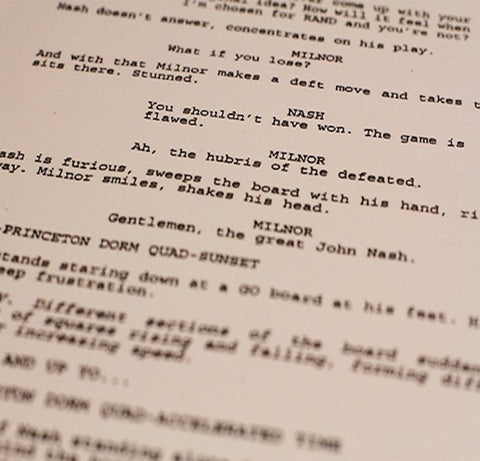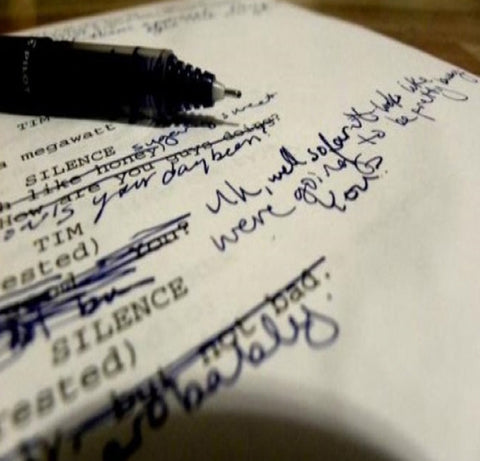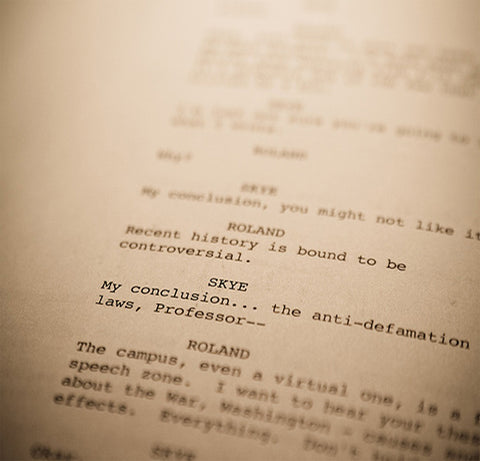
AVOIDING INCIDENT-DRIVEN NARRATIVE
I have read a lot of scripts that might be described as “incident-driven.” Rather than crafting a cohesive narrative, the storytelling is comprised of a bunch of semi- or un-connected beats and scenes. It’s this happens, then that happens, then this other thing happens, and so on. A bunch of stuff happens, the end.
Scripts of this nature are often a slog to read, as they lack both momentum, and are less-satisfying in terms of emotional pay-off. We don’t crescendo to a finale; the story just kind of sputters to a stop, everyone shrugs and goes home.
There are two ways to avoid this.
Structure. It’s easy for some to see structural “rules” as a cruel straight jacket in which we’re asked to force the narrative into lockstep conformity and other mixings of unpleasant metaphors.
But structure is in fact a valuable tool. Not only does it give the script clear tasks to accomplish, and thus build the narrative (rather than just dumping the pieces of the narrative on the page). The structural beats also give the reader/audience a signpost in the story: “You are HERE.” And thus also a path forward: “Here’s where you are GOING.”
Thanks to the inciting incident we know we’re moving toward plot point one. Once we reach plot point one, we know we’re heading into the midpoint turn… plot point two… climax, denouement, the end. This gives the narrative contour, and also momentum. We’re driving from one clear place in the narrative to the next.
Punching into/out of scenes. If structure is strategy, here are tactics. Another way to both join the scenes into a whole, and maintain momentum, is to look for opportunities to punch into and out of the scenes.
Punching into a scene often involves three things: 1) opening on something interesting happening; 2) establishing at the top of the scene what the characters want and why; 3) creating a question for the beat or scene to answer.
For example, there is beat in A FISH CALLED WANDA in which John Cleese’s character being held upside-down. First: interesting, because we don’t know why he’s upside-down. Second: John’s character is apologizing, so we understand he wants to no longer be held upside down and is trying to make that happen, i.e. his motivation and goal. Third: we have a question, which in this case is simply: Who is holding him upside-down and why?
Punching out of a scene often involves the same ingredients. But as often as possible, we want to tie it to the next scene so we maintain momentum between the two. A very simple example is, if the characters end the scene talking about going to the library, in the next scene we should see them going to the library. It’s basic A B storytelling.
There are times to subvert these tools and break these chains, of course. But we should always be sure the choice is in some way better before taking that direction.




